The iPhone SE (2020) Review: A Reinvigorated Classic
by Andrei Frumusanu on April 24, 2020 6:30 AM EST- Posted in
- Mobile
- Apple
- Smartphones
- iPhone SE
- Apple A13
- iPhone SE 2020
Camera - Quick Evaluation
As noted in the intro, the camera of the new iPhone SE isn’t all that new. It’s essentially the same generation sensor as found on the iPhone 8. The reason for this likely is due to the fact that Apple was limited by the physical form-factor of the phone, particularly the z-height of the camera module, unable to include any of the newer and bigger generation modules.
What’s also lacking from the iPhone SE are some of the machine-learning features such as night mode and Deep Fusion. I think that’s partly due to the fact that those modes rely on stacking multiple images captures together, and my hypothesis is that Apple was making use of the newer generation’s sensor dedicated DRAM chips to capture very quick consecutive exposures. As these older sensors lack dedicated DRAM, it wouldn’t be possible to capture quick consecutive exposures like that, and the phone wouldn’t be able to guarantee the same level of quality.
Whilst the hardware limits some of the capabilities of the camera, the new A13’s ISP does make up in other areas when it comes to image processing. Here we’re expecting to see some of the same advancements that were also been able to see in the last few generations of iPhones.
For the camera comparison today, due to the time rush and for simplicity’s sake (it’s a single-camera phone after all!), we’re limiting ourselves to the comparison of the iPhone SE vs the iPhone 8 vs the iPhone 11.
Starting off with the first scene, the first thing that pops out to the eye is that the exposure of the scene is completely different to the iPhone 8, and the new SE almost identically tracks the composition of the new iPhone 11. The HDR processing is much superior, with better retention of shadows as well as less blown-out highlights near the sky.
This scene is also extremely detail-rich, but the new SE essentially tracks in with the iPhone 8’s capture, which makes sense given that the two units have the same camera modules. The iPhone 11 still has a lead here, but again, that makes sense given that phone’s bigger sensor with bigger pixels and much newer deep-trench isolation (DTI), allowing for much better noise characteristics.
In this next scene, again what’s immediately noticeable is the exposure and composition which closely tracks what the iPhone 11 is able to achieve. All the phones are still a bit dark here as the brightness in real life was much higher, especially the cloud highlights are a bit too tame, but overall, still a good shot.
The SE more noticeably improves noise handling in the darker areas of the scene.
What’s also a big difference between the new SE and the iPhone 11 is the colour temperature of the scene. The iPhone 11 has a much more natural and cooler picture than the very warm results of the SE. Here the SE tracks things more closely with previous generation iPhones which traditionally always had a warm colour cast to them, something that Apple changed only in more recent iPhone generations.
The next shot again is exceedingly similar to the iPhone 11 in terms of composition, with better HDR and more details in the shadows compared to the iPhone 8. Detail is excellent, probably even slightly better than the iPhone 11 here.
This flower shot again marks the huge HDR differences between the SE and the iPhone 8, as the new phone has much better shadows and highlight retention. The iPhone 11 even goes a bit further in this regard and the HDR processing is even stronger (flatter) with a tad more saturation in the greens.
In challenging high-contrast scenes like here we again see the SE do a great job, maintaining better highlights without flattening things too much like on the iPhone 8. There’s also a much better black-point, generally creating better contrast.
When we compared it to the iPhone 11 result, the SE still looks a bit tame and flat, I guess we’re hitting the limits of the sensor. I would have preferred the SE here to track the better colour temperature of the iPhone 11.
In the last outdoor scene, the iPhone SE does an excellent job in the exposure and HDR. The only obvious differences here that pop out is the colour temperature which is again on the classical iPhone warm style on the SE, versus the cooler more natural colour on the 11.
Even though this is an in-door shot, the iPhone SE’s higher dynamic range is again obviously present in the picture. Detail-wise, it’s rich, but doesn’t quite hold up with the iPhone 11 which in scenarios like this one also very likely has deep fusion enabled.
Overall Initial Daylight Impressions
Overall, the new iPhone SE is seemingly an excellent performer and as promised, it inherits the general image processing capabilities of the new A13 and ends up with similar compositions as found on the iPhone 11. This means that even though the phone has older camera hardware, the new iPhone SE has much better dynamic range compared to the older phones.
Whilst in most situations it closely tracks the iPhone 11’s cameras, there’s a few situations where we do see the limits of the older sensor. In the highest contrast scenes we see the iPhone 11 pull ahead in dynamic range and colour retention, and that’s just pure camera sensor ability.
Detail-wise, while the iPhone SE is excellent and certainly gives any other phone on the market a run for its money, the it’s still a tad behind the iPhone 11 and that’s again due to hardware. Indoor shots the lack of deep fusion will also be noticeable.
All in all – it’s an excellent shooter given its price.
Low-Light Impressions
I’ve didn’t have time for a more extensive outdoors low-light testing, but in my limited indoor testing I noted that the new iPhone SE’s low-light capabilities are massively superior to that of the iPhone 8. While the resulting pictures are quite noisy, they still retail a lot of detail of the scene whereas the iPhone 8 remains a blur. It’s a respectable result for the phone given its hardware and software limitations.


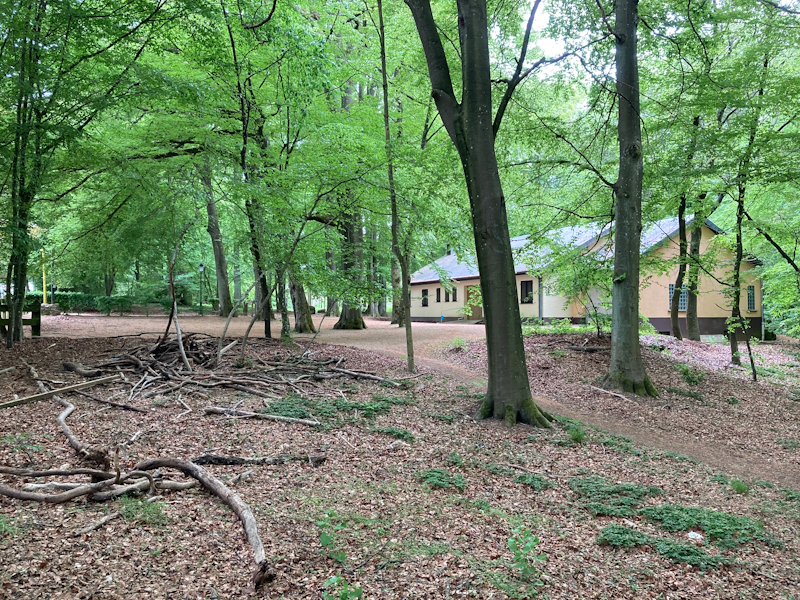
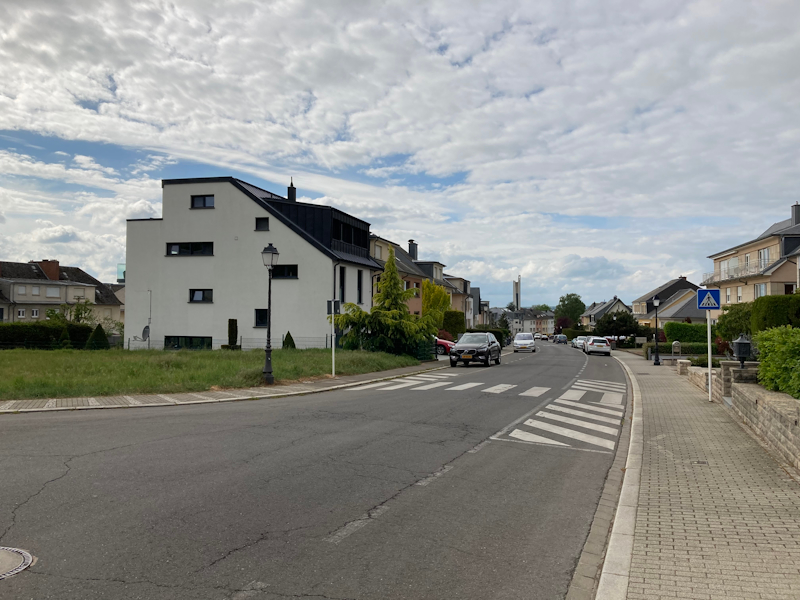
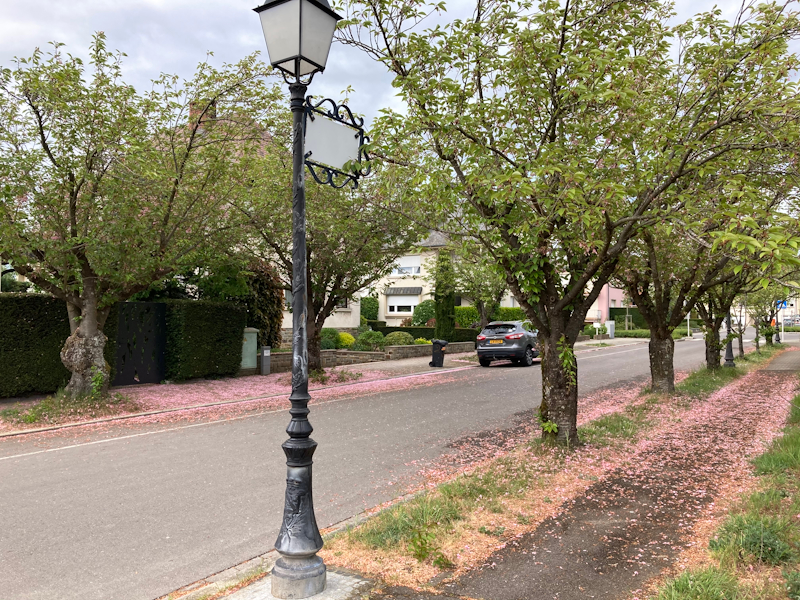
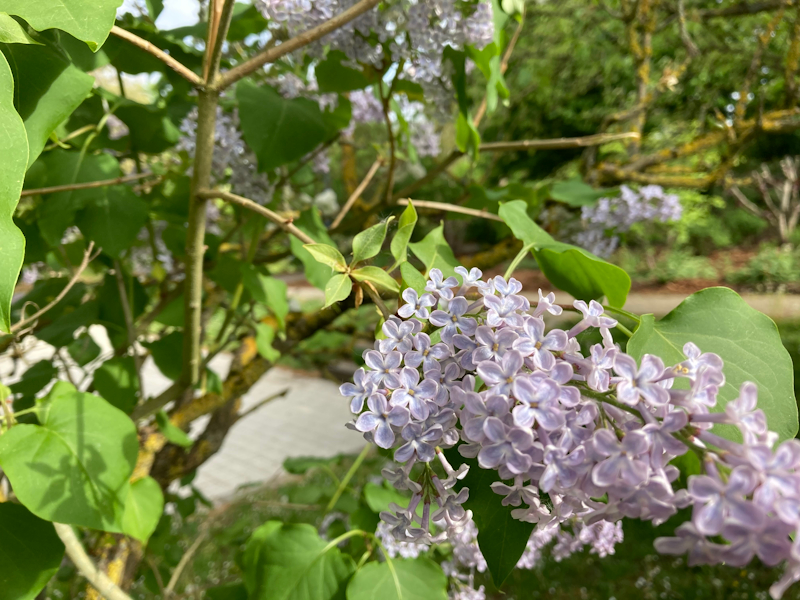
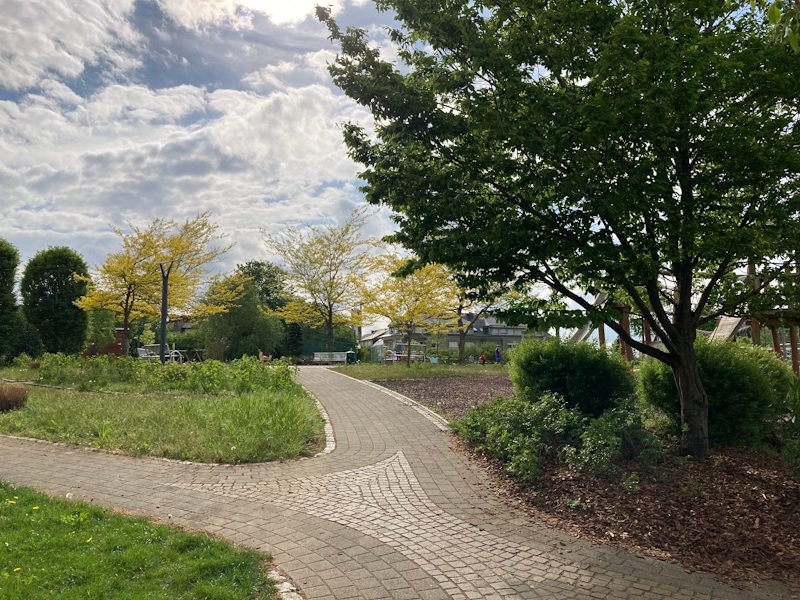
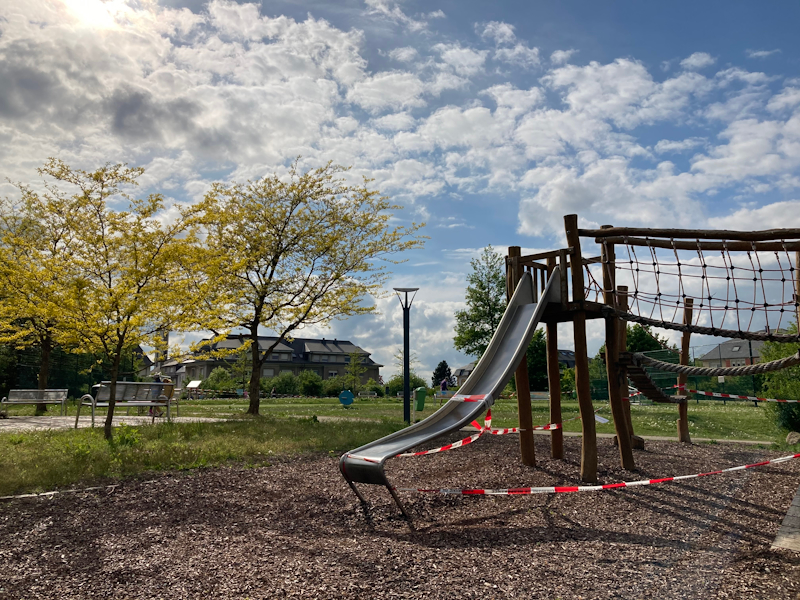
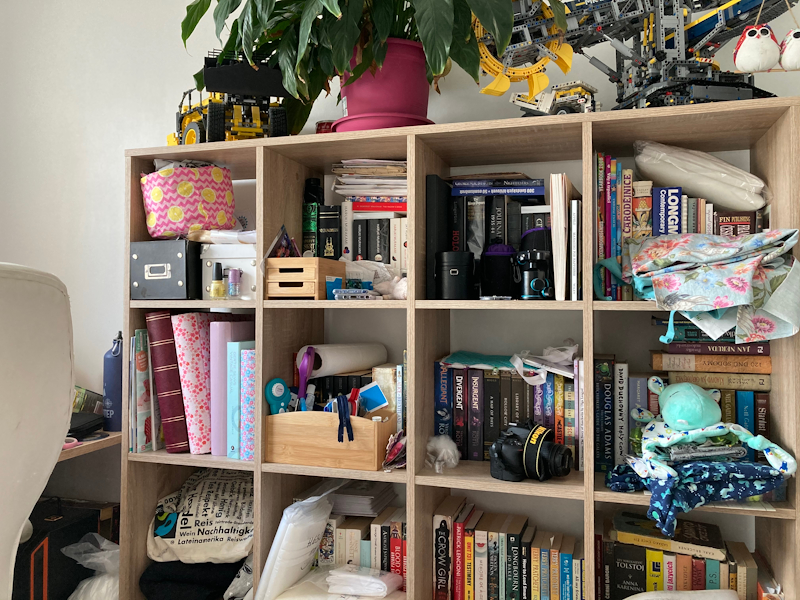
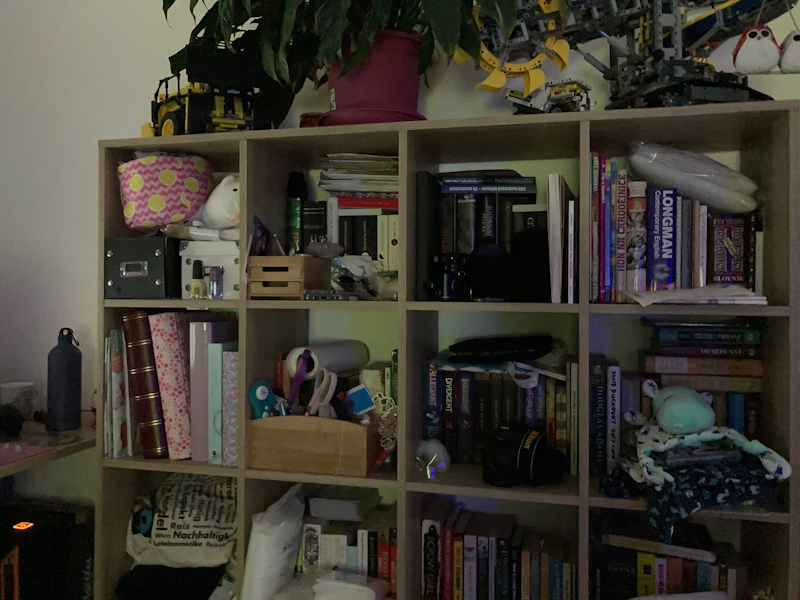









196 Comments
View All Comments
Che - Friday, April 24, 2020 - link
I am happy to see Apple have a phone at the $399 price, and great performance. But my goodness, it is ugly in my opinion.Alistair - Friday, April 24, 2020 - link
I personally loved the "white front" design from before, wish they kept that as an option, but it looks good in person.Deicidium369 - Sunday, April 26, 2020 - link
I bet all black phones looks the same to youIrish910 - Wednesday, May 6, 2020 - link
Did you see “stupid” written on the ceiling??lmcd - Friday, April 24, 2020 - link
The biggest selling point of this phone is upgraded internals paired with TouchID. Face unlock is a huge detriment compared to fingerprint unlock and will be a selling point when my mom picks one up within the next year.Icehawk - Friday, April 24, 2020 - link
If they offered an 8+ version I’d be on it in a heartbeat as I love the home button - the camera is a little bit of a letdown but at $400ish something has gotta givefmcjw - Friday, April 24, 2020 - link
With inferior camera hardware, the only selling point over a second hand iPhone 8 is the A13, as it's fast and efficient enough. It seems reviewers are lavishing praise on the computational gimmicks, spending time testing out digital bokeh and HDR (and binning and night modes in other phones), which at the end of the day is just saccharine. Like the proliferation of mini boom boxes which claim to have a "great" sound, the one test is whether your ears get tired from the distortion.In my experience, people who care for quality pocket sized photography is served by the largest sensor (pixel-size, not binning equivalent) coupled with smooth jitter free video and lack of any obvious flaws in the processing algorithms. The Galaxy S20's 12MP main camera is a good example, too bad the package is overpriced.
Perhaps this inspires a market for a thicker phone with Snapdragon 865 and a 22mm ultrawide (non-existant) 1/1.33" 20MP sensor?
hoodlum90 - Saturday, April 25, 2020 - link
"and lack of any obvious flaws in the processing algorithms. The Galaxy S20's 12MP main camera is a good example"Not according to Anandtech's review and may others online as well.
"The main camera sensors on the other hand I feel fall short of the high expectations. Yes, they are better than what we see on the S10 series, however Samsung here is still falling short of proving the same quality that Apple achieves on the iPhone 11 – and it’s also optically inferior to Huawei’s newest devices."
Deicidium369 - Sunday, April 26, 2020 - link
Depends on who the reviewer wasDeicidium369 - Sunday, April 26, 2020 - link
Large parts are probably already 2nd hand